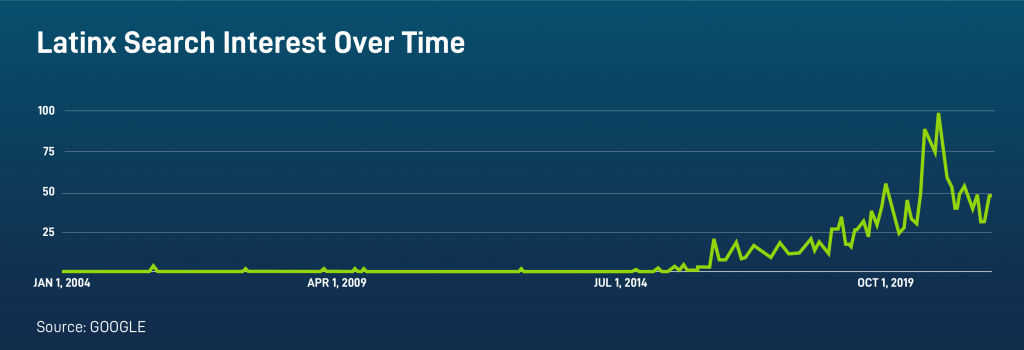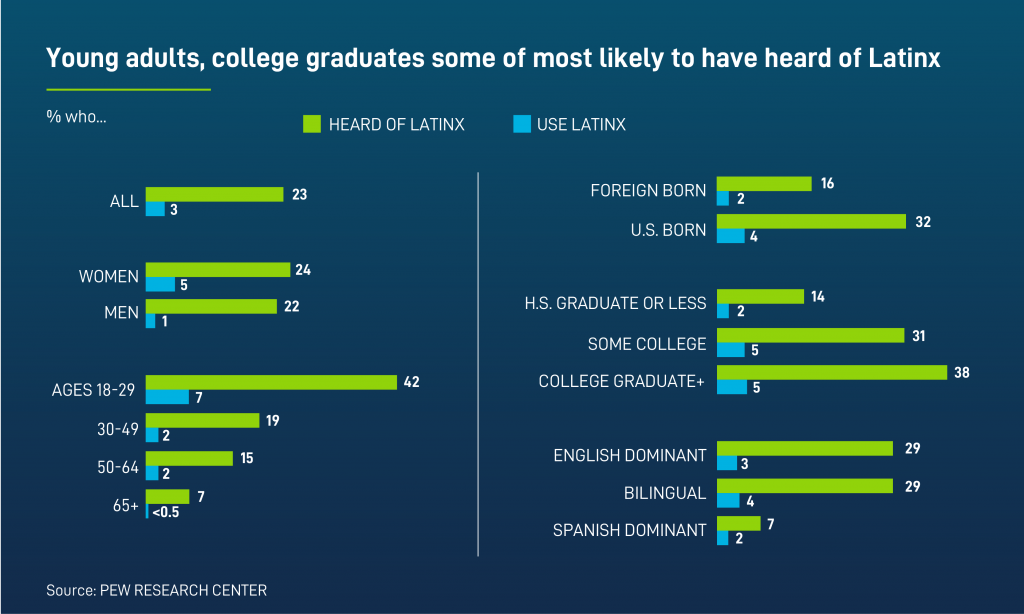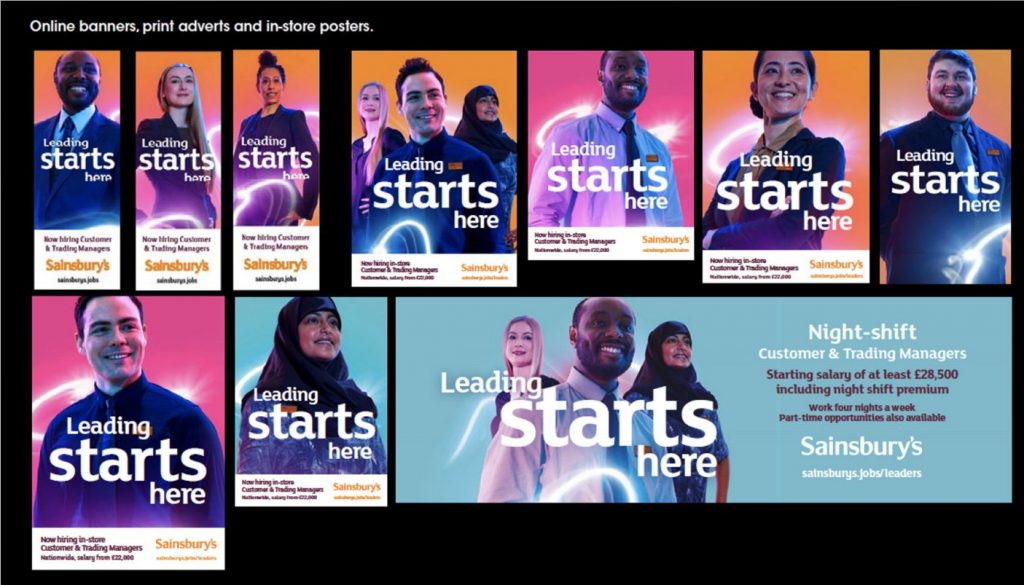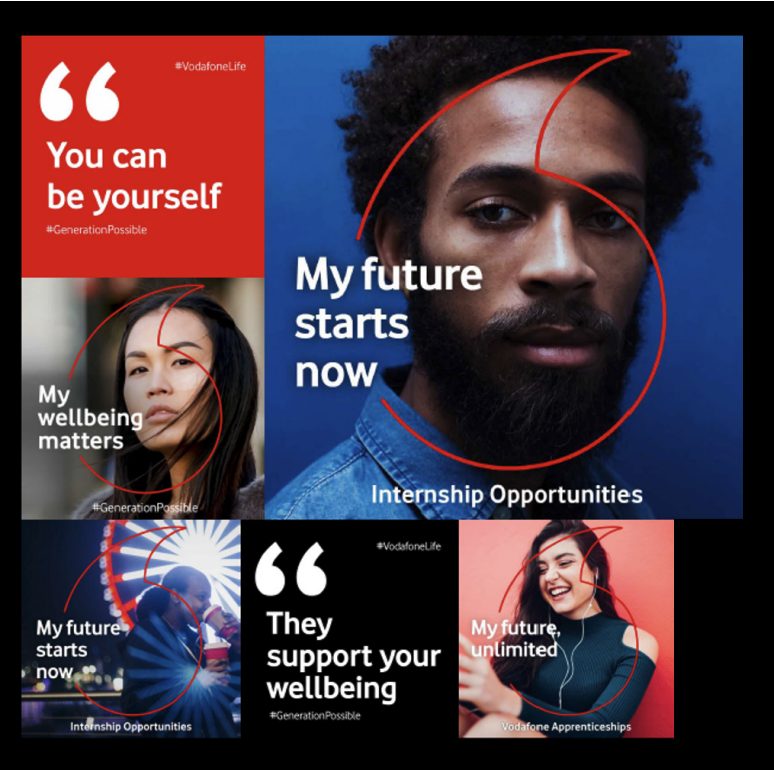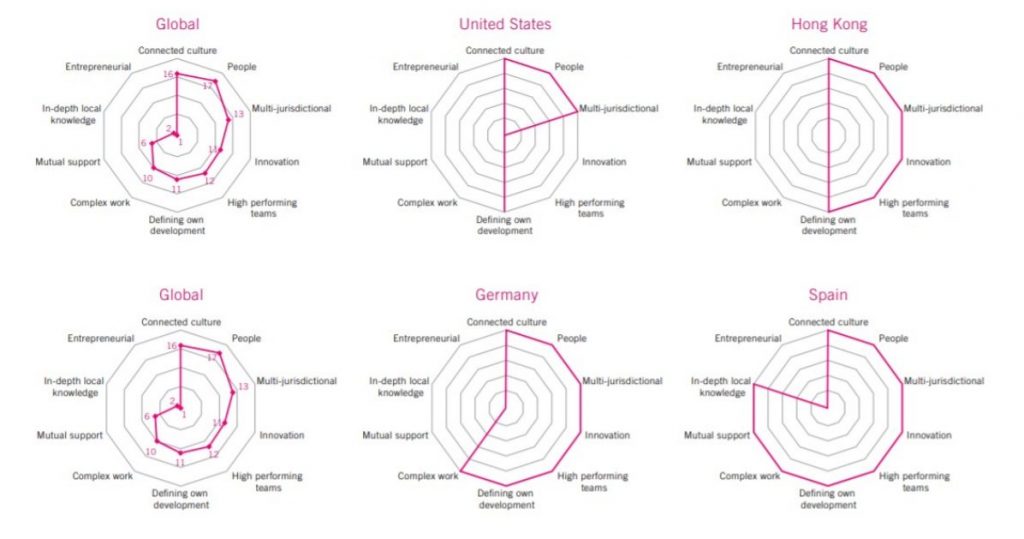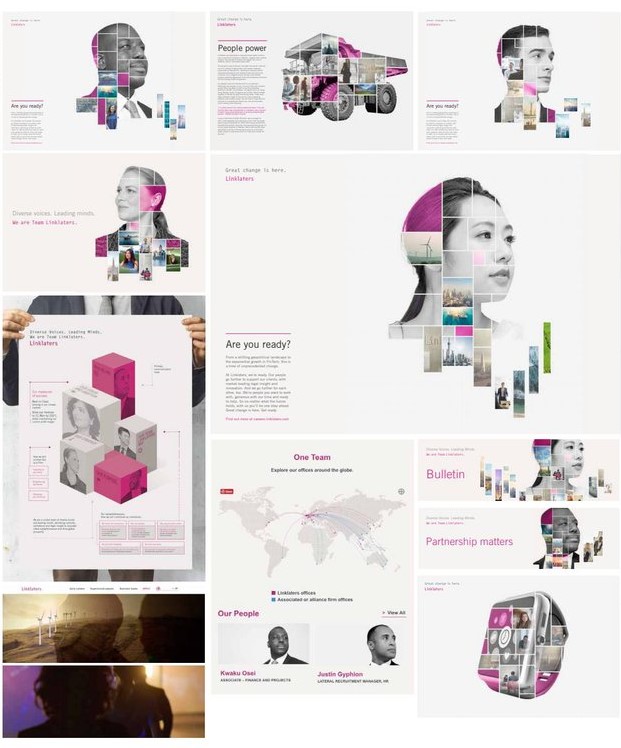Hospitality staffing teams and retail recruiters are finding it more challenging than ever to recruit and retain employees. While recruitment and retention issues have long beleaguered the retail and hospitality industries, the pandemic has exacerbated long-standing difficulties:
- According to the National Restaurant Association, 75% of operators listed recruiting and retaining talent as a top business challenge, an all-time high.
- The American Hotel and Lodging Association estimate the accommodation industry is not expected to reach previous employment levels until at least 2023, eliminating more than 10 years of job growth in the industry.
- A recent survey found that 94% of retailers said they were having difficulty filling vacant roles, and 32% reported they face significant hiring challenges.
The unemployment rate has finally fallen under 6%, the lowest since March 2020, however retail, leisure, and hospitality were hit hard by this pandemic and are still facing a major challenge in attracting talent to their respective industries.
In this article, we’ll look at the hiring challenges that retailers and hospitality organizations are facing as a result of the COVID-19 pandemic and provide talent acquisition strategies to overcome them.
The Retail Recruiting and Hospitality Staffing Landscape
With so many jobs available, why are retail recruiters and hospitality staffing professionals having trouble finding applicants? While there are numerous reasons why employers are finding it harder to fill these vacancies common candidate concerns include:
- Patrons are not as generous as they once were. According to a Harris Poll conducted for Fast Company, 19% of Americans said they tip less now than before COVID-19. Even amid loosening restrictions, many restaurants still operate on a drive-thru or carry out-only basis – and tipping isn’t as generous or common. With waitstaff making an average of $7.00 per hour, tips are an essential portion of overall compensation. That bleeds through to hotel staff, too, as cleaners, bartenders and servers also rely on tips to supplement their salaries.
- Loyal long-term employees who were let go may feel let down and underappreciated by their former employers and may be hesitant to reenter the hospitality or retail industry.
- It’s a candidates’ market, despite unemployment numbers. With lessening restrictions, many businesses are re-opening – and they are all hiring at the same time, creating more competition for the same pool of talent.
To tackle these challenges, talent leaders must think outside the box. This means identifying new and non-traditional ways to incentivize potential candidates to apply for open positions. While improving compensation and benefits is a critical component to recruiting in the current talent market, there are additional strategies you can deploy. Below, we cover key retail and hospitality recruiting challenges and how your organization can overcome them.
Hospitality and Retail Recruiting Challenges and Solutions
Challenge: Hospitality and Retail Recruitment is Highly Decentralized
Large retailers and hospitality chains often have a decentralized recruiting process where managers are solely responsible for making recruitment decisions within their store or geographic location.
Decentralized recruitment processes vary from organization to organization. However, a common theme of this talent acquisition strategy is that it allows for greater autonomy and decision-making freedom for frontline managers. What’s more, a decentralized recruitment strategy is effective for geographically diverse organizations where each location may have specific, localized hiring requirements, labor laws and talent demographics.
Unfortunately, decentralization can lead to obstacles during turbulent labor markets. A lack of consistency, discipline and standardization across various locations can lead to a disorganized hiring process with varying policies, pay grades and a lack of coordination across geographies. This decentralization can make it difficult for talent leaders to ensure hiring practices are unbiased and ethical for every location within their organization.
Moreover, decentralization can run counter to an organization’s wider goals such as increasing compensation, diversity and inclusion initiatives and ensuring that new pandemic-related policies are being closely adhered to.
The Solution: Consider Centralizing Talent Acquisition
Centralized recruitment is a popular strategy among many employers outside of the retail and hospitality industries.
Operating within a more centralized recruitment infrastructure allows internal recruiting teams to develop reliable policies and universal standards for the hiring process across locations.
When hiring processes are standardized across an organization, all employees are hired using the same criteria, making it easier to share team members across locations if there is another store with employees capable of doing the same job.
What’s more, some organizations take a hybrid approach by having both centralized and decentralized recruiting functions, with some decisions and hiring policies deployed across the organization while others are implemented locally.
Whichever recruitment model you decide to pursue, a recruitment process outsourcing provider (RPO) can help retail recruiters and hospitality organizations centralize or hybridize their recruitment function. RPO providers work closely with internal talent teams to build out talent acquisition infrastructure and best practices enterprise-wide. RPO providers also lend support in sourcing, interviewing and hiring talent and can deploy advanced talent analytics technology for deeper insights into workforce trends.
Challenge: Hospitality and Retail Recruitment is Often Conducted Face-to-Face
Traditionally, most candidates apply for retail and hospitality roles in person. However, as the pandemic persists, some would-be applicants may be hesitant to apply or interview face-to-face.
Solution: Take Hospitality and Retail Recruiting Interviews Virtual
Incorporating video interviewing into your talent acquisition toolbox can save your team hours of candidate sourcing and phone screens.
Virtual interviewing technology allows employers to have live, two-way video or a pre-recorded video interviews that candidates can do on their own time and from the safety of their home at their convenience. Video interviewing technology can be used to support a wide range of recruiting functions from candidate screening to offers and onboarding.
What’s more, the practice of virtually hiring and onboarding has been on the rise in retail and hospitality staffing in recent years as talent technology advances. Gap, for the first time, is allowing hires to apply online for any role in three minutes or less. Macy’s filled positions during a virtual hiring event and provided a convenient virtual process that allows candidates to interview from wherever.
Virtual interviewing, when paired with technologies such as text recruiting tools, offer enormous opportunities to improve recruiter efficiency, time to hire and build stronger relationships with candidates.
Challenges: Sourcing Hospitality and Retail Candidates with the Right Skills and Experience
According to a recent McKinsey Global Survey, the COVID-19 pandemic has made the question of how to address the skills gap more urgent. Nearly 90% of executives surveyed said current skills gaps are expected to increase in their workforce within the next few years, but less than half have a plan to address the issue.
To find the right employees, you should strongly consider expanding your definition of what qualifies as relevant experience. For example, if you have an applicant with no experience in retail, no experience operating a point-of-sale system and no experience managing other employees, you might be quick to write them off as an under-qualified candidate. However, you may be missing out on an ideal potential employee with the right soft skills to excel in the role, skills in short supply in retail and hospitality.
In fact, according to an SHRM report, talent and HR professionals in accommodation, food services and retail/wholesale were more likely than those in other industries to say that candidates did not have the right workplace soft skills such as problem-solving, interpersonal skills, communication, teamwork and leadership.
The Solution: Expand Your Talent Pool with Non-Traditional Candidates
A candidate who might not have the “right skills” at first glance could potentially become a top performer with a little on-the-job training and instruction. Instead of focusing so much on hard retail or hospitality skills and experience, keep your eyes open for candidates with transferable experience and skills such as customer-facing roles, managing finances, organizational skills 2 0789uiand other skill sets that may translate well. A Harvard Business Review article exploring the challenges employers face in “hiring low-skill, entry-level workers when economic conditions improve” highlighted how forward-thinking retail and hospitality organizations are boosting talent and business outcomes by adopting a recruiting model known as open hiring.
Open hiring looks for reasons to hire a candidate, rather than finding ways to exclude them. Major retail employers, including Ben & Jerry’s, Whole Foods and The Body Shop, have had success through open hiring strategies, including improvements in turnover, increases in productivity and a more resilient business continuity plan.
Here are a few questions you can ask candidates to better measure soft skills:
- Has this person shown an ability to learn new skills quickly?
- Does this person exhibit a positive attitude and the ability to work on a team?
- Has this person displayed an aptitude for solving problems efficiently?
Hospitality Staffing and Retail Recruiting Is Crucial for Recovery
In retail and hospitality, every unfilled position represents missed opportunities to better serve your customers. While recruiting for retail and hospitality staffing at the moment might seem like a daunting task, implementing the right strategies and technology might just be the key to providing hiring managers and candidates alike with the tools to better navigate the industry’s new normal.

